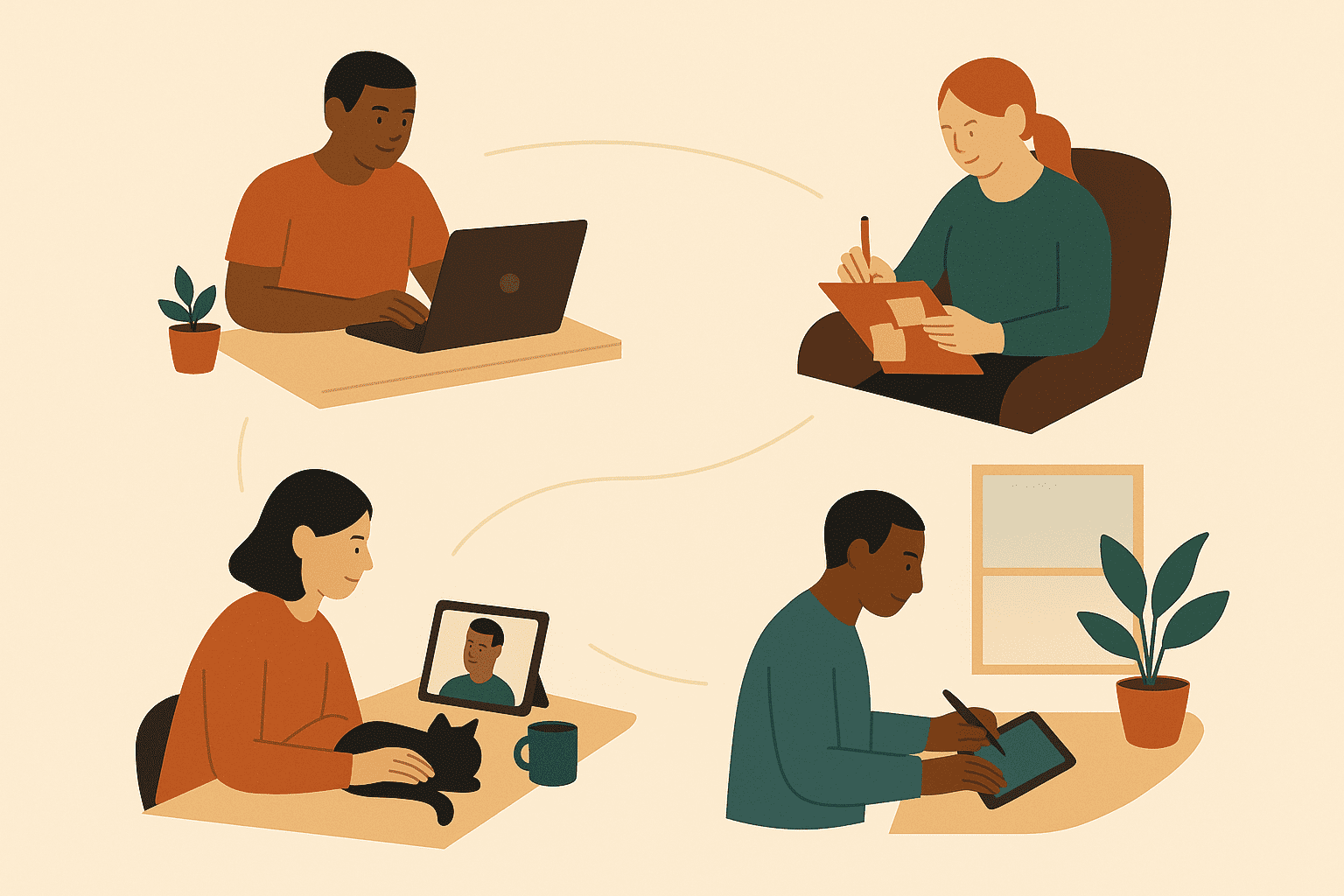A woman in Louisiana saved $3,785.32 on her MRI with a little homework. She cancelled her $4,458.00 MRI appointment and signed up for another in her area for $672.68 instead.
Did you know that the cost of a healthcare test or procedure can vary by more than 1000%? Yet most of the time, you probably have no idea what you’re going to have to pay… or how much you could save.
The woman in Louisiana cut her costs using tools developed by Clear Health Costs, which is run by my friend Jeanne Pinder in New York.
Own Your Health
Throughout my career I've seen many other examples of regular people who are owning their health by leveraging digital tools, services, and gadgets. The tools they use range from basic Internet search engines to wireless trackers, mobile health apps, patient communities, and services that use artificial intelligence and machine learning. But owning your health is more about your mindset than it is about any particular tool.
Owning your health can mean saving money on MRIs and other services. It’s also about making healthcare more convenient for you and your family, becoming an engaged patient, preventing illness and injuries, and better managing chronic conditions. Perhaps most importantly, owning your health is also about optimizing your everyday health and wellbeing so you can live as full a life as possible. It’s up to you to decide and focus on what matters most.
And that’s what the AdaRose community is all about: Own your health and own your life.
Insider Tips and Trusted Resources
In two decades working on national health tech policy and with cutting edge digital health companies, I’ve been fortunate to get to know creative and powerful people like Jeanne Pinder of Clear Health Costs, who is both brilliant and also a ridiculously nice person! (Check out her TED talk!)
Not everyone knows about Jeanne’s work at Clear Health Costs, but they should. So I decided to write an overview for people outside of the health and tech field that helps them get a snapshot of what's possible and get to the good stuff they can use right now.
I wrote a guide, 10 Ways to Use Digital Health to make your life easier. It’s not about how healthcare might look in the future, when we’re driving flying cars and most surgery is performed by robots. It’s about strategies and actions that are available now.
Each of the 10 strategies covered in the digital health guide includes relevant stats, a real-life story illustrating what it looks like in practice, and highly-vetted and trustworthy resources you can use to apply them to your own life, including information and concrete digital health solutions.
The resources I chose are the ones I trust personally, either because they come from widely-known institutions such as government agencies and medical research centers, or because they represent a less widely-known but useful gem I can vouch for personally, like Clear Health Costs.
My goal with the guide is to share the concepts and tools I think are most useful for people who don’t come from a healthcare and technology background.
Expert Input
The guide started out as a couple of blog posts I wrote on LinkedIn last summer. I’d recently spoken with members of a group of cancer patients run by advocate and expert Stacey Tinianov. The group wasn’t deeply familiar with telemedicine and some of the other health technologies that have gained traction especially in the COVID pandemic. I wanted to give them a straightforward overview and orientation they could use, so I took a shot at defining digital health and why regular people should care about it.
Then I asked for input from experts on the front lines. The cool thing is, many experts (people who’ve worked with the Stanford School of Medicine, the Mayo Clinic, Healthwise, Sanofi-Aventis, the US Department of Health & Human Services, the American Cancer Society, and an Amazon Top 100 author specializing in health) weighed in with specific suggestions and advice. They helped me by adding concepts, suggesting resources, and making sure I addressed things in a way that would cover the perspectives of a broad range of consumers and patients.
My AdaRose co-author Lauren Creech and I incorporated the feedback from experts. We’re sharing the guide free with healthcare professionals to give to their patients and making it available to regular people who want to better manage their own health and healthcare—which may include you.
So please, use it, share it, and let us know how we can make it more useful.






